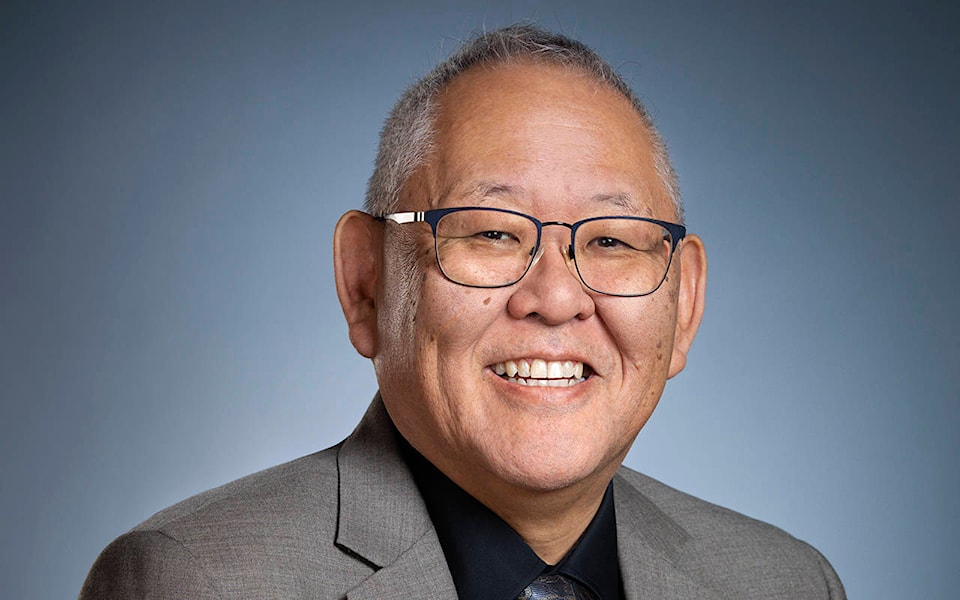While the 2019 Alberta budget does create some challenges for institutions from across the post-secondary sector, I firmly believe Red Deer College is prepared to meet those challenges through innovative solutions and creative, collaborative problem solving.
Before I outline our potential opportunities for the future, I’d like to set the context for what the budget means for RDC.
First, this budget provides the government of Alberta’s fiscal path from now until March 31, 2020. This results in mid-year reductions in our funding through two main areas.
This first is the Campus Alberta Grant, which is essentially the base funding the government allocates to all 26 post-secondary institutions across Alberta. Throughout the fiscal year of 2019/2020, RDC will have a 2.4 per cent reduction to this grant. This means a reduction of $1.2 million to our operational funding.
The second reduction is the Infrastructure Maintenance Program, which will be suspended for one year, resulting in approximately $2.1 million that will not be available for facility upgrades and maintenance.
At this time, RDC doesn’t have any capital projects underway, so we’re well positioned in that regard. The decrease in funding may, however, impact our ability to undertake certain aspects of facility upgrades and maintenance.
Other grants at RDC, including the apprenticeship technical training grant and the post secondary mental health, students with disabilities and health workforce action plan, are essentially unchanged.
Looking to the release of Budget 2020, which will be delivered in the spring, the current tuition freeze has been lifted. This means over the next three years, increases will be permitted to a maximum average of seven per cent per year.
The impact and the exact dollar amount for a tuition increase will be different for each student, depending on what program they may be taking and whether they’re enrolled on a full- or part-time basis.
Students taking a full load pay between $3,200 and $7,900 per academic year in tuition, based on the program. A tuition increase of seven per cent would result in a student paying between $225 and $555 per year in additional tuition.
Depending on the course load, this averages out to approximately $390 per student per year.
We’ll be very thoughtful and deliberate as we consider RDC’s tuition structure moving forward, because we recognize tuition increases have direct impacts on students.
Throughout this process, we will be working very closely with the students’ association to have open dialogue and understanding. In the end, it’s about balancing the reductions with the revenue options, and we don’t take this responsibility lightly.
At this time, one of the critical items we’ll be considering is: what opportunities can come out of the challenges?
We have to determine how we can achieve savings and how we can add new or revitalized revenue streams. And I’m very pleased RDC has cultivated an entrepreneurial spirit that positions us well for this type of innovative thinking.
Across the college, we have been actively engaged in this for several months, as we assess and realize efficiencies across a range of processes.
By applying the Lean Six Sigma model to projects and initiatives, we are looking at what we’re doing, how we’re doing it, and why we’re doing it. This allows us to look at things with a different lens, determining how we can be more efficient with our time and how we can realize new opportunities for revenue generation.
The ultimate goal is to be more efficient as we all work to support our students and become a more fiscally self-sustaining institution.
As we look to the future, we remain grounded in our commitment to transition to a comprehensive regional teaching university, and the government of Alberta has reiterated it is supportive of this model as we continue to serve students from across the region.
We will continue to focus on relevant, applied learning in all of our programs – from trades to certificates, diplomas and degrees – so our graduates are job ready with all of the skills employers of central Alberta require.
We have the right plan in place for the needs of our students and community members, and we’ve been strategically and creatively working to achieve this for some time now.
In the coming weeks, we’ll be working with the government to identify further impacts and opportunities from the recent budget.
By working together with our stakeholders and working efficiently as an organization, we will refine our plan to best serve RDC’s learners and communities.
Peter Nunoda is Red Deer College’s president.
